Characteristics and Applications of Kaolin Wool
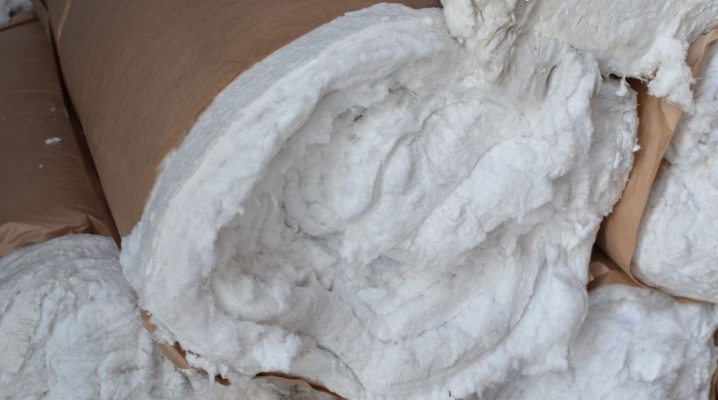
During construction, refractory materials are used, which increase the fire resistance of the structure. Knowing the characteristics and basics of using kaolin wool, you can use this material in individual and mass construction.
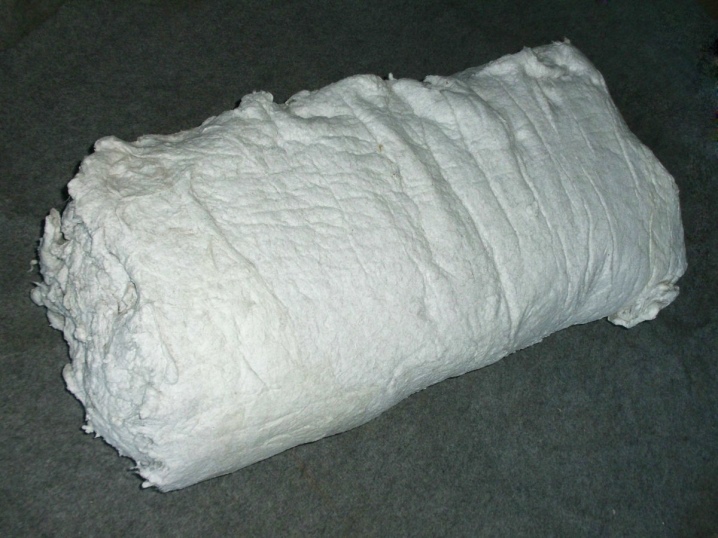
Peculiarities
Kaolin or mullite-silica wool is a stuffing material. It is white in color, tears easily, and is used for thermal insulation. The material is used at high temperatures from 1100 ° C to 1250 ° C. Kaolin wool is produced by melting in special electric furnaces from technical alumina with the addition of aluminum oxide and quartz. Manufacturers are trying to improve product quality by changing the composition.
So, in some enterprises, yttrium oxide is added. This improves the stability of the fibers and increases the use of cotton wool.
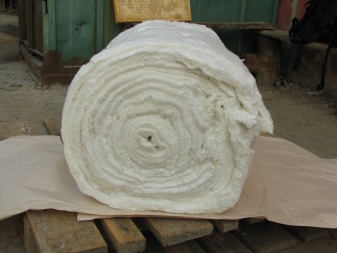
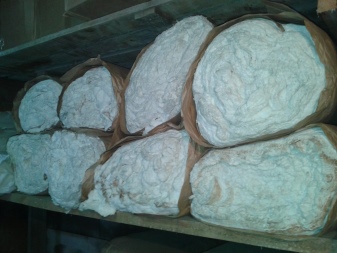
When added to the composition of silicon dioxide, ceramic kaolin wool is obtained. These are ultra-thin fibers that are capable of providing effective thermal insulation.
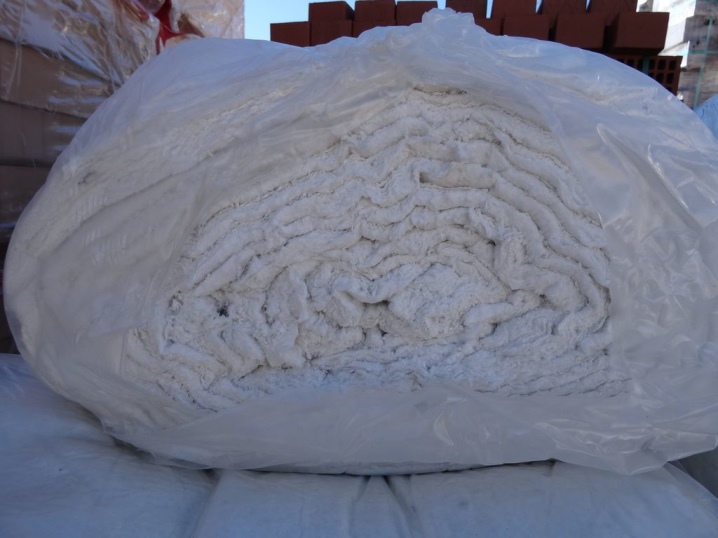
When using this cotton wool in construction, many types of actions are simplified:
-
reduced fuel consumption;
-
erection of structures is simplified;
-
the material consumption of furnace structures decreases.

The product is produced in the form of slabs, lump wool, rolls up to 10 m long, from 0.02 cm thick and 0.6 m wide. Such wool is considered to be an excellent thermal insulation material that can be used as a substitute for glass wool. Kaolin wool adheres tightly to the structure, as it is very elastic. Because of this feature, it is especially popular with builders.
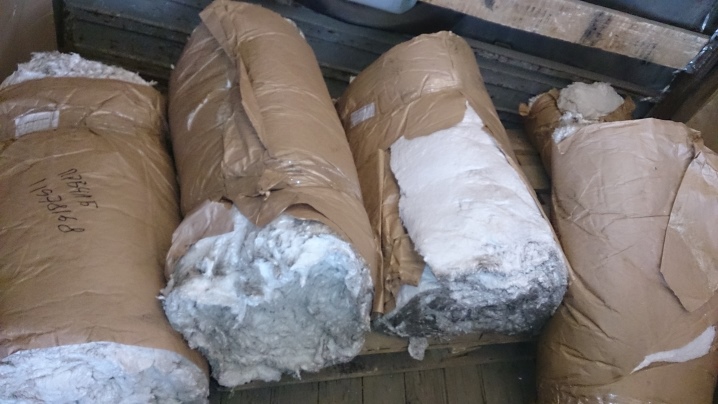
There are 2 types of kaolin wool. For operation at temperatures up to 1400 ° C, an alumina type is used, for 1600 ° C, a zirconium type MKRR-130 is used.
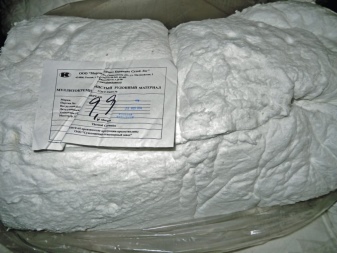
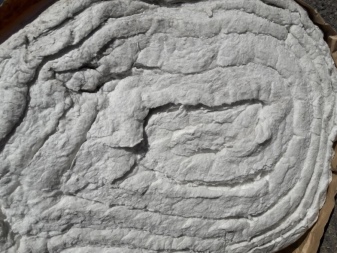
Specifications
The high technical qualities of MKRR-130 kaolin wool have made it possible to widely use it in various fields. Main characteristics:
-
high temperature resistance;
-
easy workability;
-
increased elasticity, that is, a tight fit of the fiber to the surface of the product;
-
good chemical resistance to alkalis, acids (except for concentrated ones);
-
low weight due to its low density allows the material to be used at any height, it is easy and simple to install cotton wool in any conditions;
-
high inertness to mineral oils, water, vapors;
-
resistant to thermal shock;
-
high-quality sound insulation;
-
high temperature resistance;
-
low thermal conductivity allows for effective thermal insulation;
-
resistance to deformations, vibrations, which makes the insulation less susceptible to destruction where other insulating means lose their qualities;
-
good electrical insulating properties that are not lost when the temperature rises to 800 ° C.
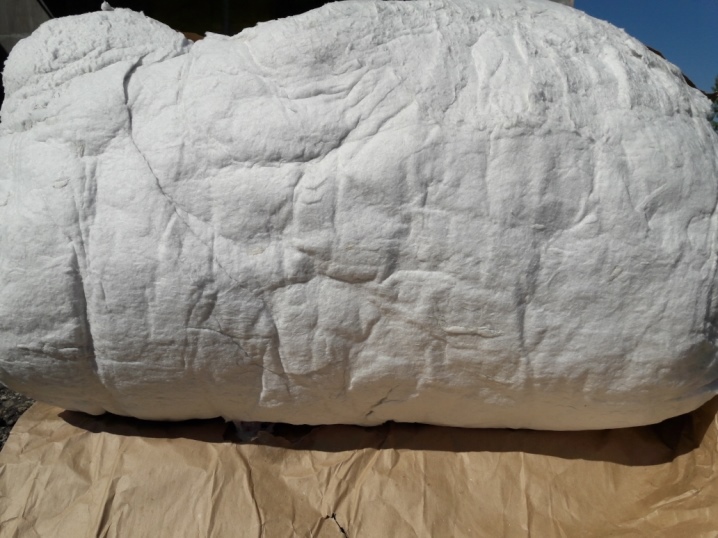
Such excellent performance attracts consumers. Kaolin wool finds use in accordance with its refractory properties. With repeated use, all characteristics of the material are retained.
The high resistance of kaolin wool increases its practicality, makes it possible to use it in those areas where other materials cannot serve for a long time.
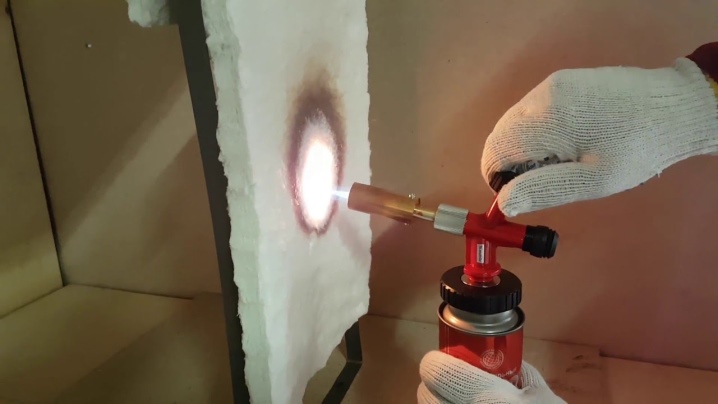
The disadvantages of this fiber are its breathability and the danger to the environment during disposal. You can hear opinions about the dangers of kaolin wool for human health. All synthetic insulation and building materials negatively affect the well-being of people. Kaolin wool is not worth highlighting. It is made from natural raw materials, does not bear additional negative impact, its effects are similar to the effects of all other building materials.
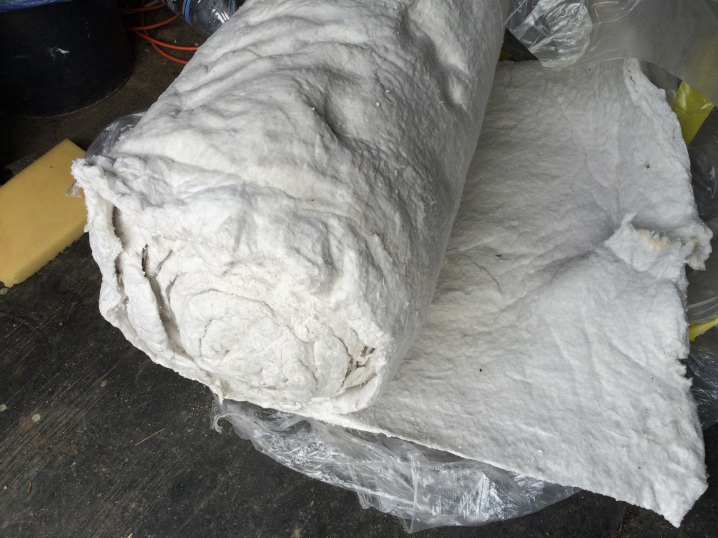
Applications
Kaolin wool is not often used in individual construction. This can be easily explained. In ordinary personal construction, materials that are resistant to temperatures above 1000 ° C are not often needed. Typically, these building materials are required in industrial applications for high temperature processes.
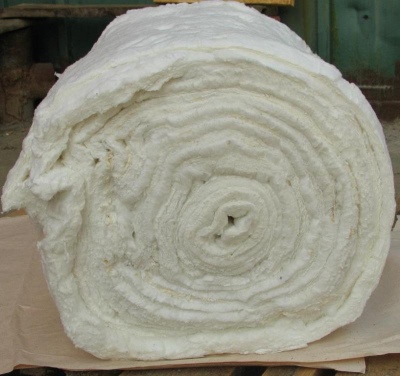
But thanks to a change in the composition during production, an improvement in product characteristics as a result, it was possible to expand the field of application of kaolin wool. So, it began to be used for insulation of attic rooms, fire protection for fireplaces.

Applications of kaolin wool in industry and construction:
-
for stoves, fireplace flues, pipes for thermal insulation;
-
in the manufacture of insulation with fire-resistant properties;
-
in the process of making paper, cardboard;
-
in the manufacture of building structures on the upper and lower floors for their insulation, creating fire protection;
-
as thermal insulation for pipes in networks and technological communications, in order to avoid problems with freezing for industrial enterprises, settlements;
-
filling of cavities for thermal insulation in brickwork, joints and cracks in reinforced concrete structures;
-
to give strength to refractory concrete;
-
in the production of textiles, for example, ribbons, yarn, felt, some types of cord;
-
manufacturing of products of complex structures;
-
in the production process of some products, for example, brake pads for the base of thermal insulation;
-
for constructive fire protection of load-bearing structures in construction, which are made of reinforced concrete, metal, wood;
-
in the energy industry for gas turbines, furnaces in the manufacture of heat-shielding coatings;
-
in the gas and oil sector for metallurgical furnaces while providing thermal insulation, for gas and oil processing plants;
-
while providing insulation for containers with liquefied gas.
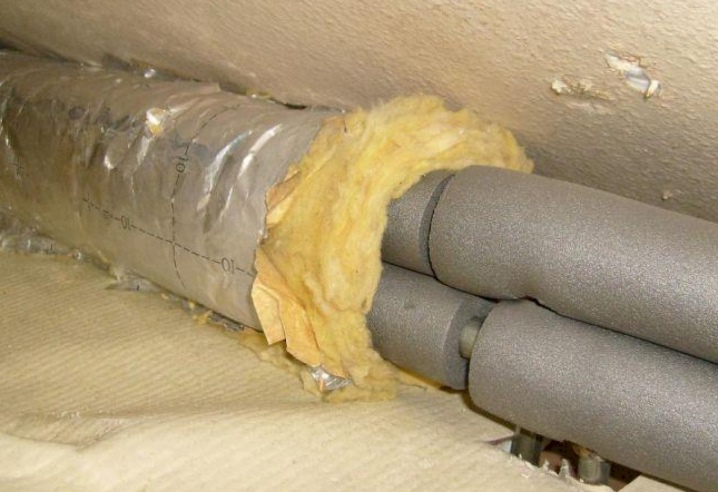
It is very beneficial to use kaolin wool. This fiber does not emit toxic, hazardous substances. It can be safely used in various processes that involve chemicals, even oxygen. High thermal insulation will reduce energy losses, which will help save finances. Environmental and hygienic performance of the material remains high.

Low density combined with high thermal insulation helps to reduce the volume and weight of heating structures. This significantly reduces the financial losses for the purchase of thermal insulation products.
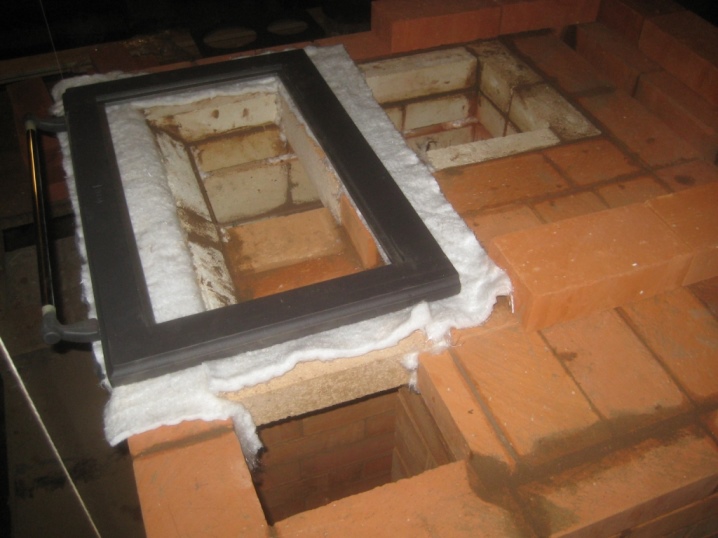
The listed advantages push manufacturers to purchase kaolin wool for various construction works. It helps to significantly reduce costs, improve the quality characteristics of structures and various products.

Kaolin wool is considered to be an effective insulation material. In many respects, it is superior to similar materials. A significant advantage is the ability to change its properties by adding components to the composition. Manufacturers are improving product quality, which significantly increases the demand for cotton wool. The increase in demand for the construction of fireplaces, baths with chimneys increased the need for kaolin wool.
This material has important characteristics, therefore it will always be appreciated and in demand in various fields.
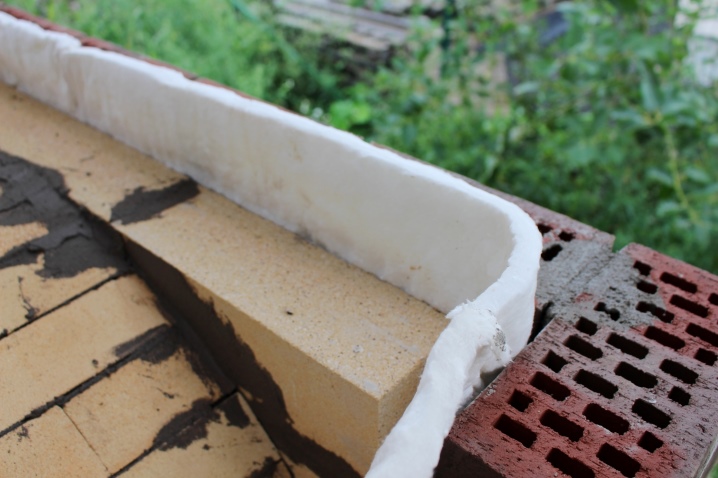













The comment was sent successfully.